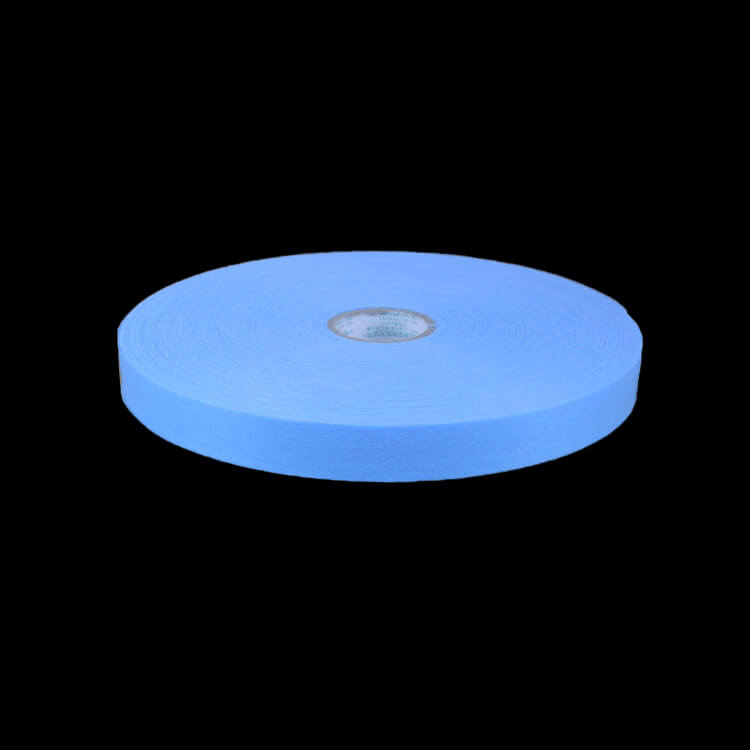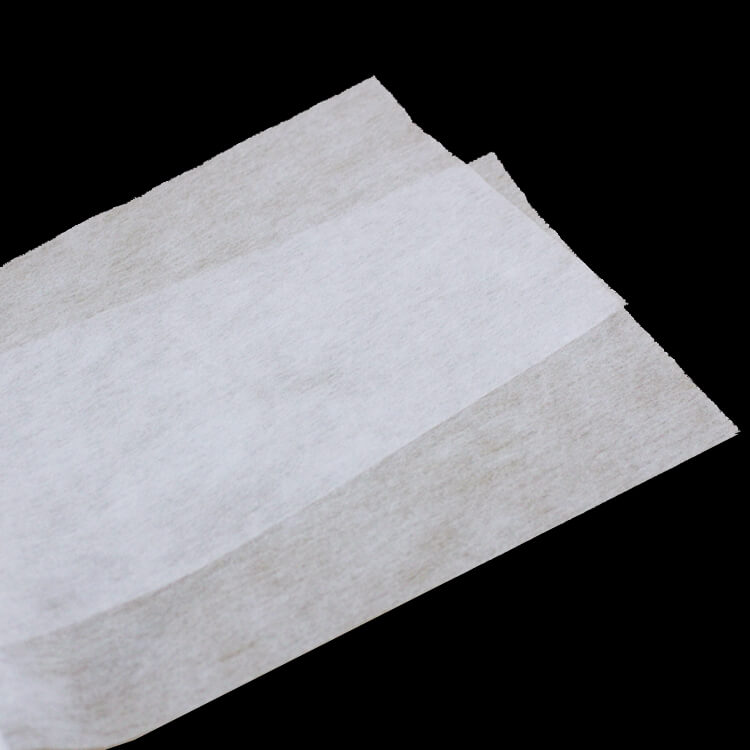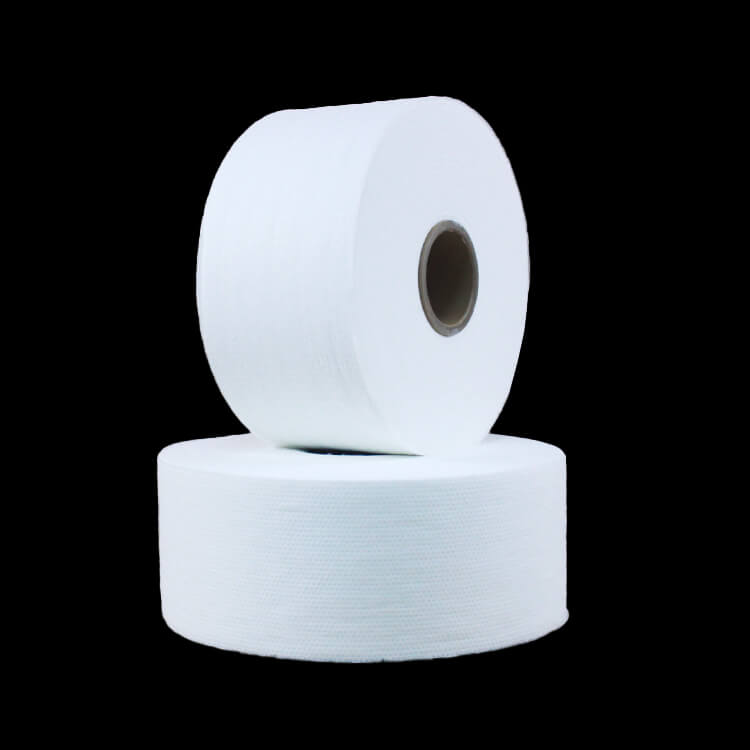Author:Baby & Adult Diaper Materials FROM:Diaper Materials Manufacturer TIME:2023-09-26
Introduction:
Sustainable fabric choices for material nappies are becoming increasingly popular as people seek to minimize their environmental impact and promote a more eco-friendly lifestyle. Material nappies, also known as cloth diapers or reusable diapers, offer several advantages over disposable ones, including reduced waste generation, decreased reliance on non-renewable resources, and potential cost savings in the long run. This article aims to explore different sustainable fabric options for material nappies, highlighting their benefits and considerations.

Organic cotton is a sustainable choice for material nappies due to its lower environmental impact compared to conventional cotton. It is grown without chemical pesticides or fertilizers, thereby reducing water pollution, soil degradation, and carbon emissions. Furthermore, choosing organic cotton supports fair trade practices and improves the livelihoods of farmers. However, it is essential to consider the water footprint associated with cotton cultivation, as it requires significant amounts of water, especially in regions with water scarcity.

Bamboo fabric is gaining popularity as an eco-friendly alternative for material nappies. Bamboo is a fast-growing plant that requires no pesticides or fertilizers and can be harvested sustainably. The fabric derived from bamboo offers excellent softness, breathability, and absorbency, making it suitable for infants. Additionally, bamboo has natural antibacterial properties, reducing the need for harsh chemicals during washing. However, it is crucial to ensure that the bamboo fabric is processed using environmentally friendly methods, as some production techniques involve the use of chemicals that may negate its sustainability benefits.

Hemp fabric is another sustainable option for material nappies. Hemp is a versatile plant that requires minimal water, pesticides, and fertilizers to grow, making it ideal for sustainable agriculture. It is known for its durability, strength, and natural resistance to mold, bacteria, and UV rays. Hemp fabric is also highly absorbent and breathable, providing comfort to babies. Moreover, the cultivation of hemp improves soil quality and reduces the risk of erosion. However, the production of hemp fabric may involve chemical processes, so it is important to choose products made from organic hemp and inquire about the manufacturing methods.
Conclusion:
Choosing sustainable fabric options for material nappies can contribute to a greener and more environmentally conscious approach to diapering. Organic cotton, bamboo, and hemp are all excellent choices due to their lower environmental impact, renewable nature, and beneficial properties for infants. However, it is important to consider the entire lifecycle of the fabric, including cultivation, processing, and disposal, to ensure maximum sustainability. By making informed choices and supporting brands that prioritize sustainable manufacturing practices, we can actively contribute to a more sustainable future for our children.

 Email: info@whldiapernonwoven.com
Email: info@whldiapernonwoven.com
 MP/WhatsApp: +86-13599937366
MP/WhatsApp: +86-13599937366
 Manufacturer Address:Room 1105B, Bld M1, Manhattan, Yulongwan, Shimao, Shuanglong Road, Meiling Street, Jinjiang, Fujian, China
Manufacturer Address:Room 1105B, Bld M1, Manhattan, Yulongwan, Shimao, Shuanglong Road, Meiling Street, Jinjiang, Fujian, China